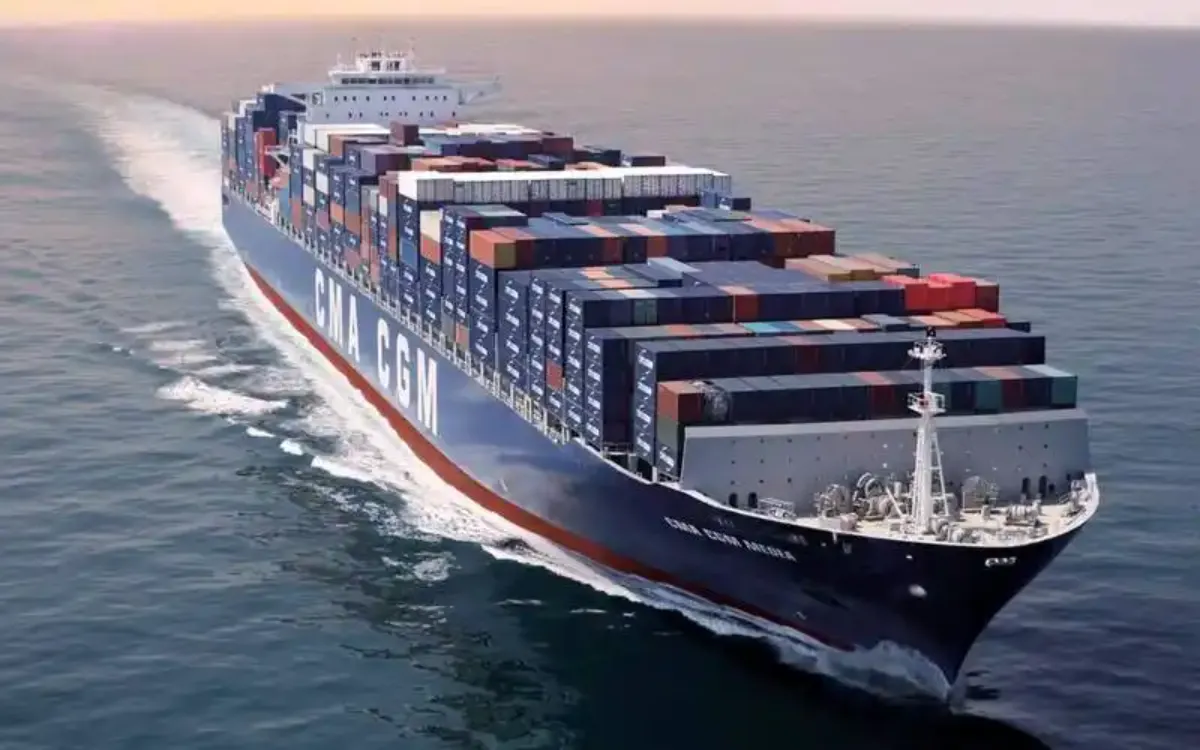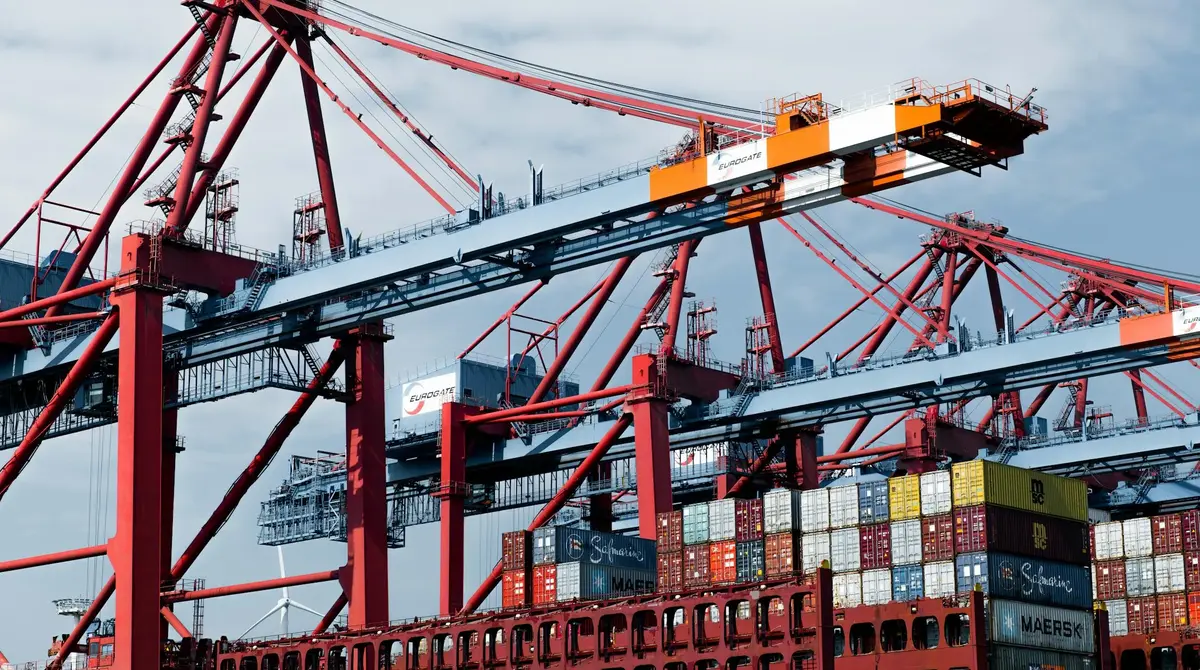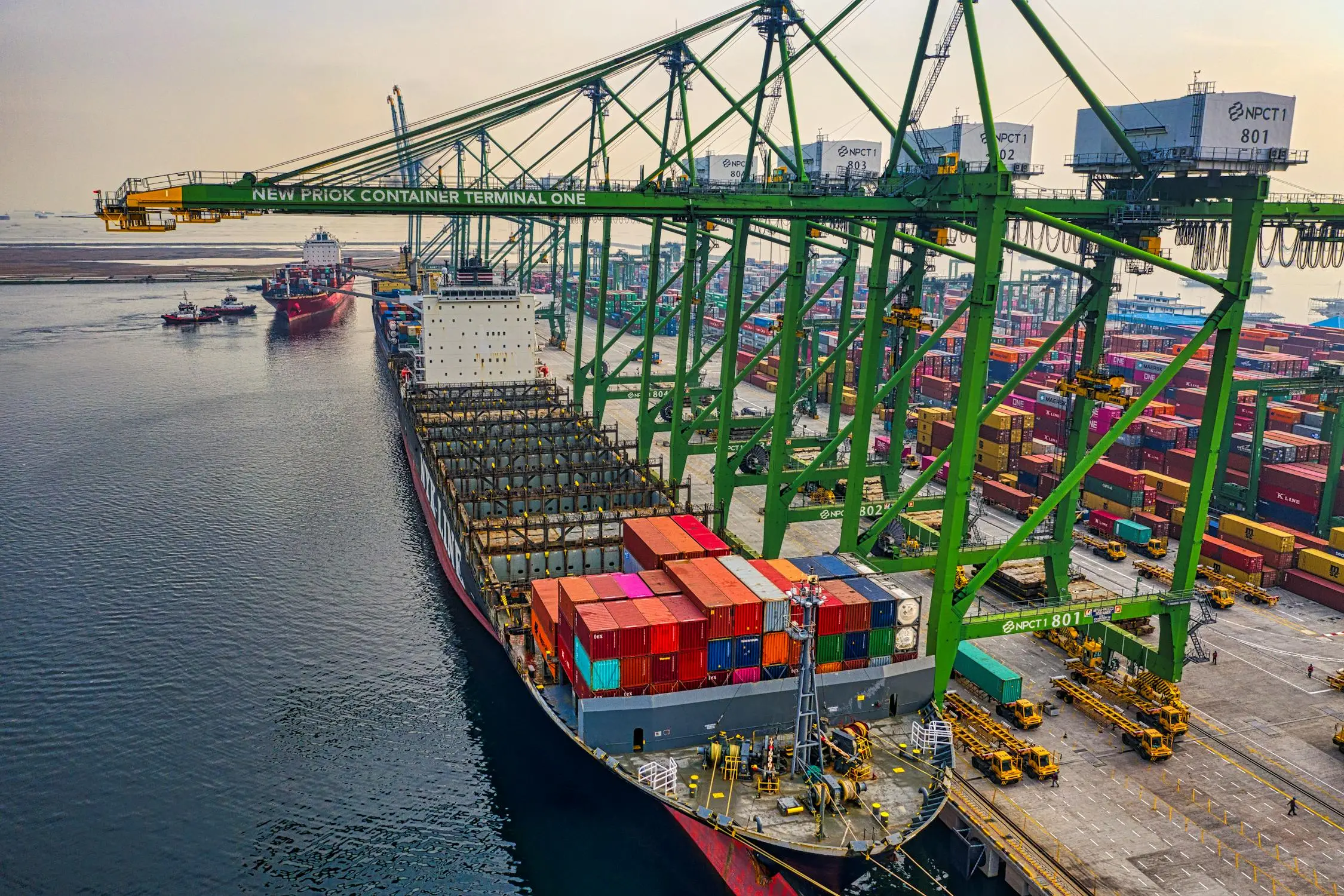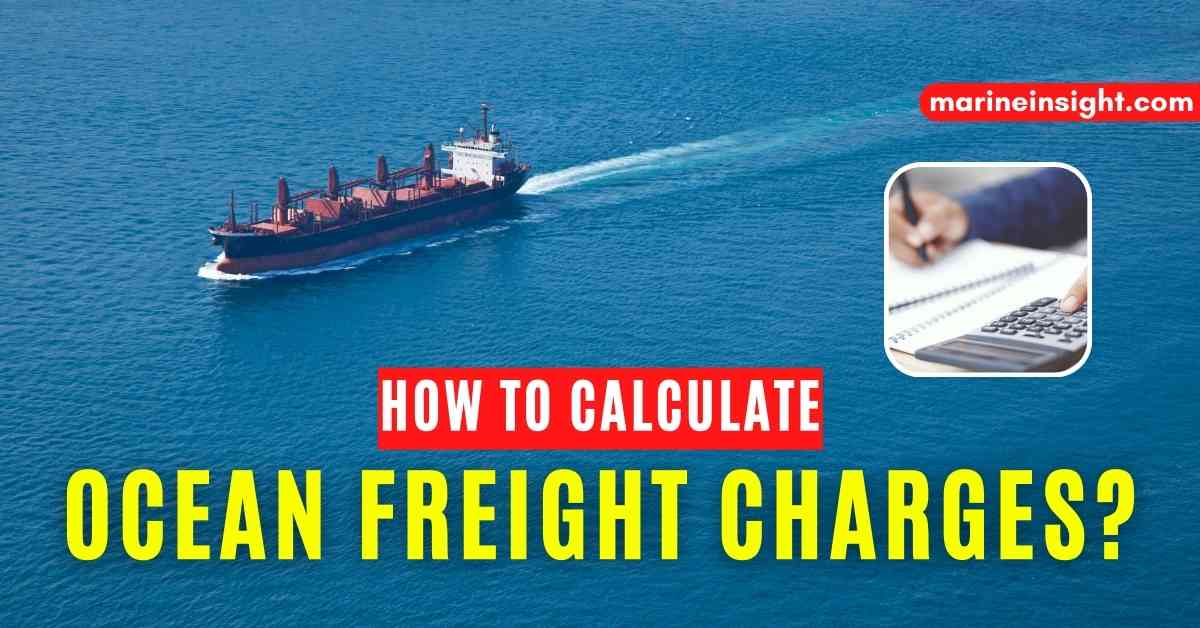
Ocean freight is a crucial component of international trade, facilitating the movement of goods between countries and continents by sea. For businesses that rely on the global supply chain, understanding the intricacies of ocean freight charges is vital to controlling costs and maintaining competitiveness. While the basic concept of ocean freight is straightforward — the shipping of goods via sea routes — the associated charges are anything but simple. Ocean freight rates encompass a wide variety of fees, some predictable and others that may come as a surprise if not well-understood.
In this article, we’ll explore the key elements included in ocean freight charges, helping businesses to better anticipate and manage these costs.
Freight Rates: The Core Charge
At the heart of any ocean freight transaction lies the base freight rate. This is the fee a shipping line charges to transport goods from the port of origin to the port of destination. Freight rates are often influenced by several variables, including the weight and volume of the cargo, the type of goods being transported, and the distance between ports. Seasonal factors, fuel prices, and fluctuations in global trade demand can also have a significant impact on freight rates.
There are generally two primary pricing models used for calculating ocean freight:
FCL (Full Container Load): This pricing model applies when a shipper has enough goods to fill an entire shipping container. FCL rates are typically more cost-effective for large shipments, as the cost is calculated based on a full container rather than the weight or volume of the goods inside.
LCL (Less Than Container Load): For smaller shipments, LCL pricing is used. Here, the goods from multiple shippers are consolidated into one container, and charges are determined by the volume or weight of each shipper's cargo. LCL is generally more expensive on a per-unit basis than FCL because of the added complexity of handling multiple loads.
While the freight rate forms the foundation of ocean freight charges, it's far from the only cost that businesses will encounter.
Bunker Adjustment Factor (BAF)
Ocean freight rates are heavily influenced by fuel costs, and the Bunker Adjustment Factor (BAF) is a surcharge designed to account for fluctuations in fuel prices. Shipping lines implement BAF charges as a way to protect themselves from the volatility of oil markets. When fuel prices increase, so do BAF charges, and conversely, if fuel costs decrease, shippers may see lower BAF charges — though it’s worth noting that reductions often lag behind price drops.
BAF is a variable cost, and it can significantly impact overall freight expenses, particularly on longer trade routes. It’s essential for shippers to monitor fuel price trends and factor in BAF when estimating shipping costs, as this surcharge can be a major contributor to ocean freight charges.
Terminal Handling Charges (THC)
Terminal Handling Charges (THC) are fees associated with the loading and unloading of goods at the port. Both the origin and destination ports charge THCs, making this a cost that applies at both ends of the shipping process. These charges cover the handling of containers at the terminal, including the use of cranes and equipment, storage facilities, and labor.
THC is typically charged per container, and rates can vary depending on the port, the container type (standard vs. reefer, for example), and local labor conditions. Shippers should be aware of THC as it is often one of the most substantial components of total ocean freight charges, and costs can vary significantly between ports.
Security Fees
The increased emphasis on global supply chain security in recent years has led to the introduction of various security-related surcharges in ocean freight shipping. These fees are typically mandated by international and national authorities to ensure compliance with safety regulations and prevent illegal activities, such as smuggling or terrorism.
Some common security fees include:
ISPS (International Ship and Port Facility Security) Code Charge: This fee is charged to cover the costs associated with the ISPS Code, a global initiative to enhance security at ports and on ships. The ISPS fee applies at both the origin and destination ports and typically varies from port to port.
Customs Security Surcharges: Some countries impose additional customs security fees for thorough inspections of goods entering their territory. These charges vary by country and depend on the specific security measures in place.
These security surcharges are typically non-negotiable and apply to all ocean freight shipments. While they are relatively small compared to other charges, they can still add up, particularly for businesses shipping large volumes.
Peak Season Surcharges
Shipping is highly seasonal, and certain times of the year experience much higher demand for cargo space than others. This surge in demand often results in shipping lines imposing a Peak Season Surcharge (PSS) to account for the increased pressure on shipping services. PSS is typically levied during periods when global trade activity peaks, such as before major holidays like Christmas or Chinese New Year.
Shippers should anticipate higher freight costs during peak seasons and plan accordingly. Booking shipments well in advance can help to avoid these surcharges or, at the very least, secure a better rate. Additionally, understanding the seasonality of your supply chain can aid in strategic planning, allowing you to ship goods during off-peak periods when freight rates are lower.
Congestion Surcharges
Congestion at ports is a common problem, especially in large, busy ports like those in Los Angeles, Rotterdam, or Singapore. When port congestion occurs, it can cause significant delays in the loading and unloading of vessels, which, in turn, leads to additional costs for shipping lines. To compensate for these delays, carriers often impose a Congestion Surcharge.
Congestion surcharges are typically temporary and fluctuate based on the severity of the congestion at a particular port. However, they can significantly increase overall shipping costs, especially during times of high port activity. Shippers can mitigate these charges by selecting alternative ports or by adjusting their shipping schedules to avoid congested periods.
Demurrage and Detention Charges
Two often misunderstood but critically important ocean freight charges are demurrage and detention fees. These charges occur when containers exceed the time limits for their stay at the port or in the carrier’s possession.
Demurrage Fees: These charges are levied when containers remain at the terminal beyond the allowed free days after being unloaded from the ship. Essentially, it’s a fee for occupying space at the port. Delays in clearing customs, arranging inland transportation, or handling paperwork can result in demurrage charges.
Detention Fees: Detention charges apply when the consignee holds onto the shipping container beyond the agreed-upon time for unloading and returning it to the shipping line. This fee compensates the carrier for the time that the container is not available for reuse.
Both of these fees can be avoided through efficient planning and coordination with customs authorities, transportation providers, and terminal operators. However, they can quickly escalate if there are significant delays in the supply chain.
Currency Adjustment Factor (CAF)
Currency exchange rates play a major role in international trade, and the Currency Adjustment Factor (CAF) is a surcharge used to account for fluctuations in currency values. Since ocean freight services are often quoted in one currency (commonly U.S. dollars), changes in the value of the shipping line's local currency relative to the U.S. dollar can affect their revenue.
CAF is designed to protect shipping companies from losses due to unfavorable currency fluctuations. Shippers should be aware that this surcharge can vary widely depending on the economic conditions and the exchange rate at the time of shipment.
Container Imbalance Surcharges
Container imbalances occur when there is a mismatch between the number of full containers arriving at a port and the number of empty containers being returned. This issue is particularly common on trade routes where one country imports significantly more than it exports, leaving a surplus of empty containers at the destination port.
To manage this imbalance, shipping lines may impose a Container Imbalance Surcharge, which helps cover the costs of repositioning empty containers back to ports where they are needed. This charge can be particularly relevant for routes with pronounced trade imbalances, such as those between Asia and Europe or North America.
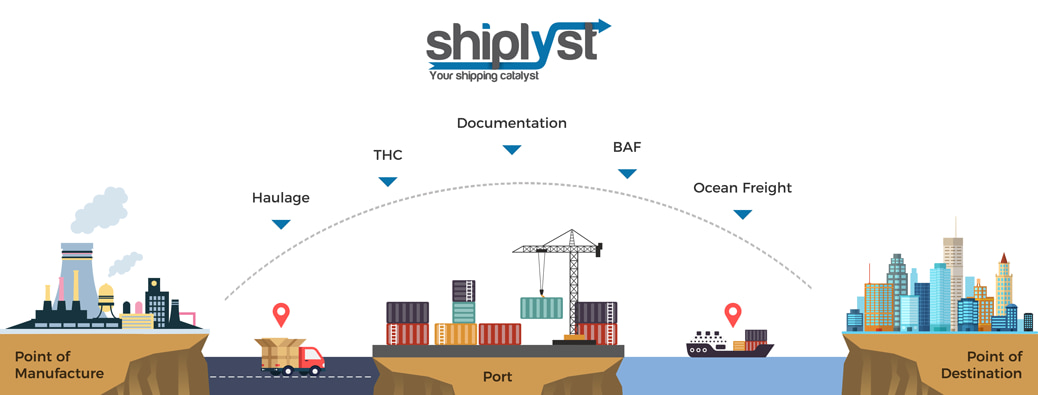
Additional Services and Documentation Fees
Beyond the surcharges and fees mentioned, ocean freight also includes various service-related charges that can arise based on the specific needs of the shipment. Some of these include:
Bill of Lading Fees: The Bill of Lading (B/L) is a crucial document in ocean freight shipping that serves as a receipt for the cargo and a contract between the shipper and the carrier. A fee is typically charged for issuing this document.
Customs Clearance Fees: These are fees associated with the processing of goods through customs at both the origin and destination ports. Customs brokers or agents often handle this process, and their services come at a cost.
Cargo Insurance: While not mandatory, cargo insurance is highly recommended to protect against loss or damage during transit. Insurance premiums are usually calculated as a percentage of the cargo's value.
Inland Transportation: The movement of goods from the port to the final destination often involves additional fees for trucking or rail services, which can be negotiated separately from ocean freight charges but are still a critical part of the overall cost.
Conclusion
Understanding what’s included in ocean freight charges is essential for businesses involved in global trade. The costs are not limited to the basic freight rate; they encompass a wide range of surcharges, fees, and services that can vary depending on factors such as fuel prices, currency fluctuations, and port conditions.
For shippers, the key to managing ocean freight expenses lies in planning and communication. By working closely with carriers, freight forwarders, and customs authorities, and by staying informed about industry trends, it’s possible to avoid unexpected fees and optimize shipping costs. Knowing what’s included in ocean freight charges can provide a competitive edge, helping businesses navigate the complexities of international shipping with confidence.
 Easy Shipping From Global, Save Cost
Easy Shipping From Global, Save Cost

